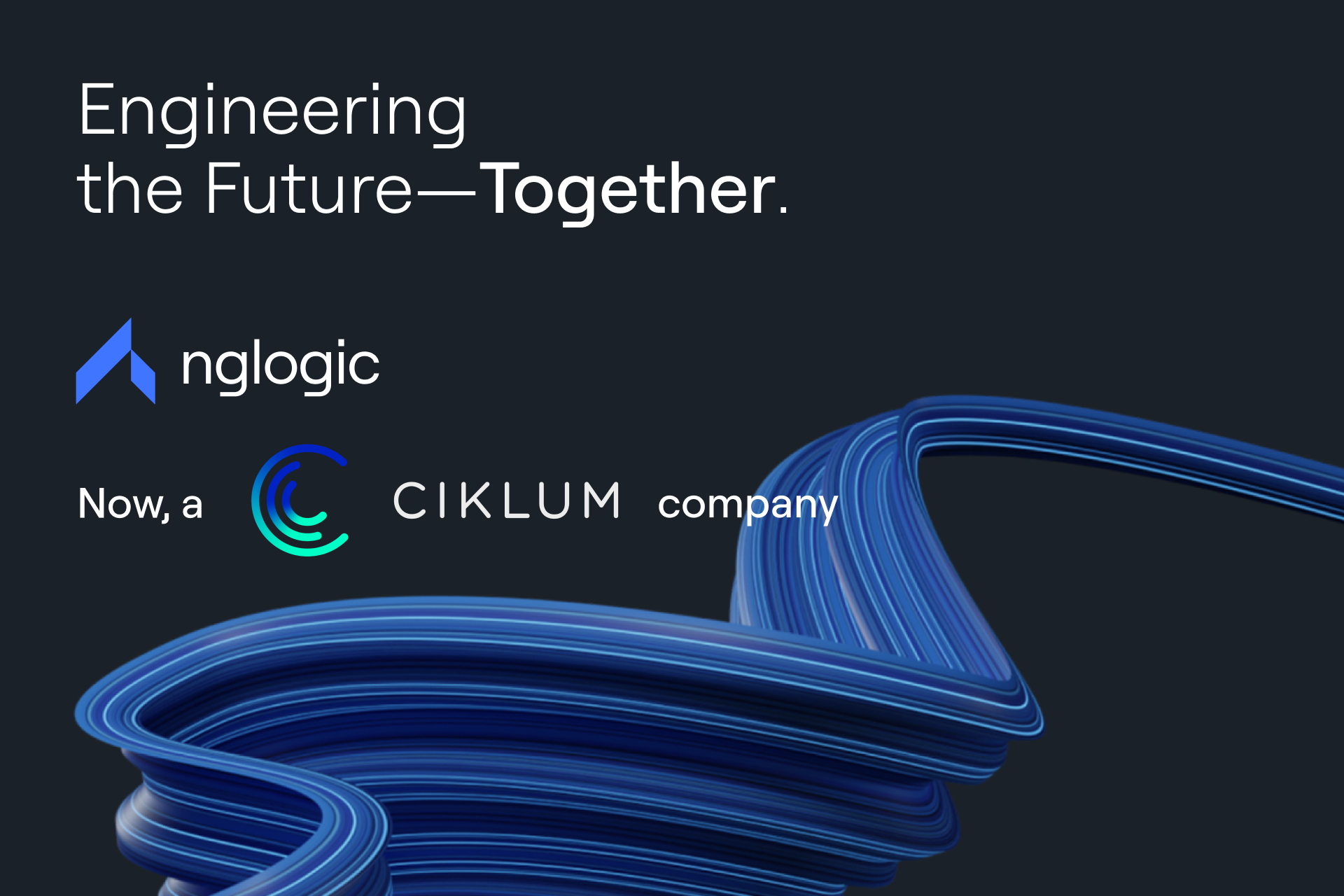Figma and InVision rank among the best UI design tools. Learn about their key features and how they can speed up front-end development.
It’s hard to overstate the importance of UI design in web and mobile development. To be successful a digital product needs to be an eye-pleaser and a UX gem, in addition to delivering immediate value. Easier said than done, designing a great user interface requires a vision, talent, experience, a great deal of collaboration, and proper tools to start with.
What are UI design tools and how can they help you with your project?
UI design tools play a key role in developing user interfaces. They make it easier to craft prototypes, mockups, and wireframes, streamline collaboration, and help to keep the process orderly within one digital environment. With UI apps, designers can conveniently craft and modify visual elements, refining their aesthetics and optimizing their functionality to deliver a top-quality user experience.
UI design apps help demonstrate concepts, organize data, illustrate how users will navigate the interface, and create efficient visual touchpoints. They immensely aid in presenting the interface’s structure and content and finding out how specific components will impact the product’s usability.
There’s no shortage of designing software on the market, but choosing the solution that’s best aligned with your needs can be tough. The most popular tools include Adobe XD, Sketch, Figma, and InVision. They share similarities and differences in several regards, all providing useful features.
Here, we’ll zero in on the two latter, which rank among designers’ top choices for design and prototyping, to highlight how UX/UI tools can be different and effective in their own ways.
What is Figma?
Figma is a web-based, all-in-one interface design tool. It allows designers to craft anything from logos to websites, web and mobile applications, and more.
Figma stands out for facilitating real-time team collaboration and providing a range of tools that streamline transforming ideas into projects. It comes with additional features available via desktop applications for Windows and macOS. Figma also has a mobile app for both Android and iOS, allowing you to access your creations regardless of time and place.
Since its launch in 2015, Figma has earned over 4 million users and global recognition, with more than 80% of customers based outside the U.S. The platform’s top clients include Airbnb, Dropbox, Stripe, Twitter, and Microsoft.
What is InVision?
InVision is an online visual collaboration platform for designers. It provides a comprehensive set of UX tools to support the design development process throughout all stages and aspects, including ideation, whiteboarding, prototyping, collaboration, testing, and delivery.
InVision’s flagship feature is Freehand – a cloud-based virtual canvas facilitating remote teamwork and allowing designers to share their ideas and gather feedback. InVision boasts over 7 million users hailing from thousands of global companies and small and medium businesses. The platform’s customers include top brands like Google, IBM, Atlassian, Netflix, Slack, HBO, and Virgin.
The company had a desktop app for its InVision Studio suite, available for Mac OS and Windows, as well as mobile apps for iOS and Android platforms, but it doesn’t seem to support them anymore. The software is offered by third parties online, but we don’t recommend downloading it as it may contain malware.
Figma’s key features and advantages
Figma offers dozens of designing, prototyping, and collaboration features that make the UX process a whole lot easier. Let’s examine a few main ones to get a taste of the platform’s overall functionality, including some of the perks highlighted by the company on its website.
Streamlined web design
Figma streamlines the design process in many ways. In 2016, the company introduced Vector Networks, a great improvement on the classic pen tool functionality. It allows you to fork off in any direction when drawing a path without creating a separate path object.
Arc Tool is another great utility for designing round-shaped objects like watch screens, clocks, or pie charts. In 2019, Figma launched support for OpenType across all fonts allowing designers to unlock advanced font features and deliver more unique projects.
Powerful prototyping tools
Figma accelerates UI development with advanced blueprints allowing designers to create prototypes that feel like the real thing. You can easily connect UI elements and choose preferred interactions and animations, like on click, while hovering, etc., use dynamic overlays, and add videos and graphic files.
You can simplify the process further with the smart animate option that looks for matching layers, recognizes differences, and animates layers between frames. Figma’s tools allow you to create multiple flows on one page to map out a user’s entire journey through your product and examine all UX details to make sure you deliver the best results possible.
Efficient design system management
Figma empowers UI teams to build better design systems, increasing a project’s consistency. With everything in one place, you can easily publish libraries filled with assets, including avatars, backgrounds, fonts, icons, images, etc., that are easy to reference and contribute to.
With Figma’s abundance of reusable components, asset accessibility, scaling capacity, version history, and great support for teamwork, you can create a complex design system faster, moving smoothly from concept to production.
FigJam – a design tool for remote work and team collaboration
FigJam is an online whiteboard for team collaboration. It’s a splendid tool that allows you to easily brainstorm, discuss, explore, organize ideas, and collect feedback without any prior design software expertise.
FigJam is a relatively new addition to Figma’s ecosystem and has received great reviews for its features, design, support, and ease of use. It’s simple, lightweight, and mighty in terms of boosting engagement and speeding up the design process.
InVision’s key features and advantages
Launched in 2011, InVision quickly became a household name, pushing aside the likes of Adobe Flash and PowerPoint as top prototyping tools. Currently, the company supports integration with other leading UX/UI design tools, including Figma, Sketch, and Adobe XD, claiming its advantage over the competition with a catchy tagline “Everything the other leading whiteboards have except the price tag.” Below are key features to take into account when considering InVision for your project.
Team collaboration made easy
One of InVision’s focus areas is smooth collaboration. The company provides tools to make the process easy as can be throughout the UX/UI design workflow. With a wide array of features, InVision enables live edits, instantaneous feedback, and creating a single source of truth for the project stakeholders.
The platform also keeps things tidy with a Comment mode function. It supports asynchronous conversations on a prototype, allowing participants to start new comment threads, reply to existing comments, mention others, and even add emojis. InVision provides multiple integrations with collaboration platforms like Jira, Slack, Asana, Trello, Google Docs, and Figma, helping enhance the team’s performance and flexibility even more.
Freehand – a collaborative prototyping tool
Freehand, one of InVision’s most prominent features, is all about easy collaboration. It’s an infinite-canvass whiteboard integrating all design tools and connecting UI designers, engineers, project managers, and even HR specialists in an effort to deliver great projects.
Freehand’s features include various templates and add-ons, such as polls, spinners, timers, and more. They streamline work on graphic design and interactive prototypes, enhancing the productivity of design teams.
Groups and spaces for organizing your workspace
Other neat ingredients of InVision’s ecosystem are groups and spaces. They help you organize a virtual workspace and better coordinate the team’s collaboration. Groups are documents for sharing designs within your team, including prototypes, front-end development specs, freehands, or boards.
Apart from team groups, you can also set up invite-only groups, with documents invisible to uninvited team members, which provides an extra layer of security. Spaces give you more flexibility to arrange your workspace by organizing documents into components or flows like payments or onboarding.
Extensive design resources – robust templates and UI kits
Robust design resources are another reason InVision is an excellent prototyping app. The platform provides all sorts of design tools that make UX and front-end development more straightforward. They include templates tailored to different workflow stages (brainstorming, planning, research, flowcharts, etc.) and roles (designer, product manager, developer, etc.), and superb UI kits for various types of advanced projects.
Building SaaS in the self-driving industry? Go for the Velocity kit. Travel is your area of expertise? The Atlas UI kit is there to help you out. Options are plenty, and InVision, obviously, adds a new tool now and then.
Figma vs. InVision. UI design tools comparison
Both Figma and InVision rank among the best tools for UI design. It’s impossible to objectively determine which is the best overall prototyping software. Both immensely facilitate team collaboration and have a low-to-no learning curve for their digital whiteboards. Both allow you to develop high-quality wireframes and sophisticated prototypes.
InVision has evolved in recent years, going “full web” and ditching support for apps, while Figma rolled out FigJam. On many levels, they go hand in hand. The final rating will depend on your workflow preference and other individual requirements. Differences between the two include more advanced photo editing features on the part of Figma and a richer supply of animations from InVision (which also provides great interactive tutorials).
One of the latter’s downsides is the lack of robust version control, which, on the other hand, is one of key Figma’s assets. Some prefer Figma for better online collaboration options. However, InVision has done quite a bit to improve in this regard. InVision was long considered a cheaper option, but, in fact, both platforms offer competitive pricing, with some differences depending on the type of plan.
These are just general comparisons. Eventually, it’s up to an individual web designer to compare Figma and InVision in practice based on specific use cases.
If you need more detailed advice on how to approach front-end development, drop us a line!













 +1 (888)
413 3806
+1 (888)
413 3806